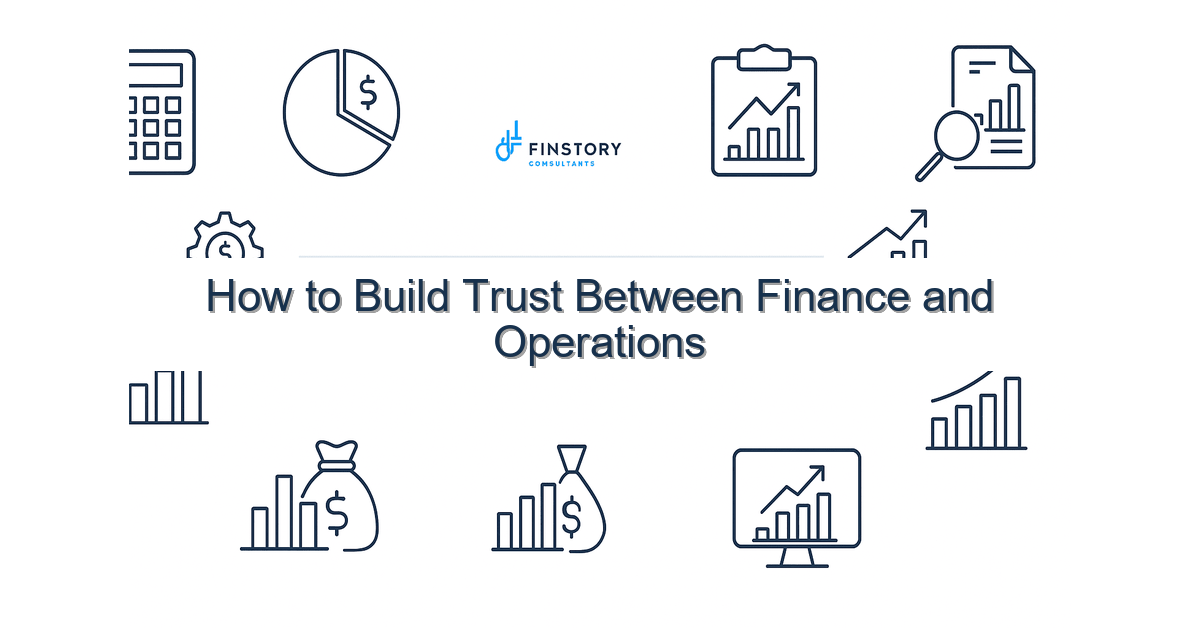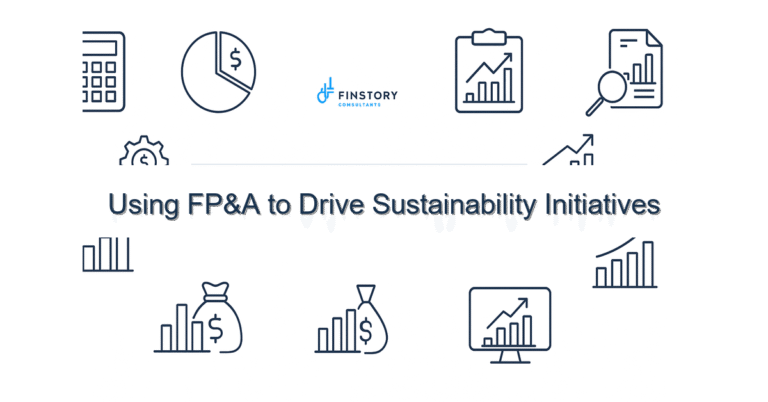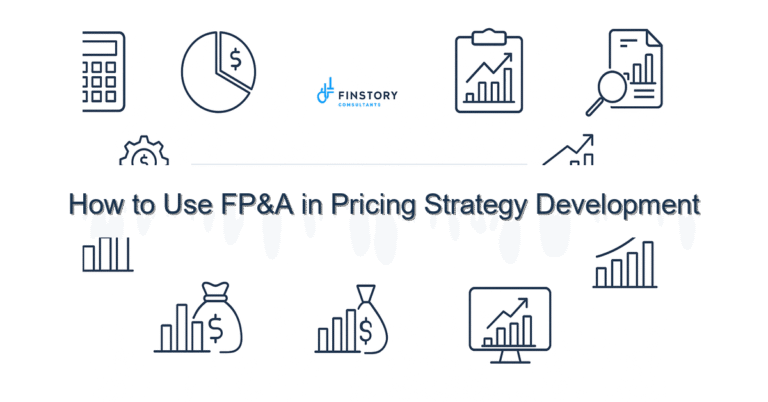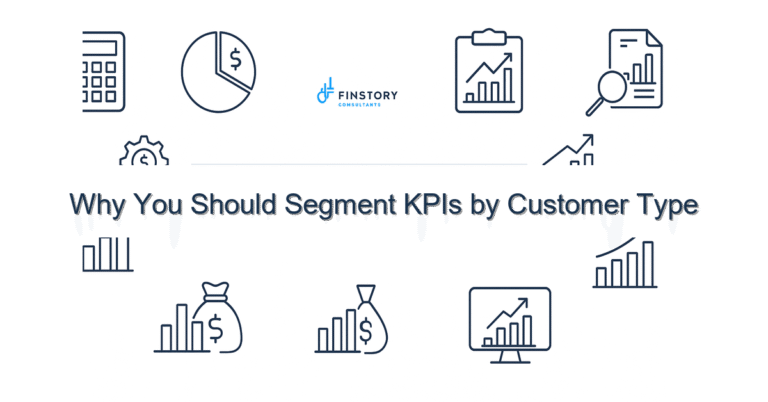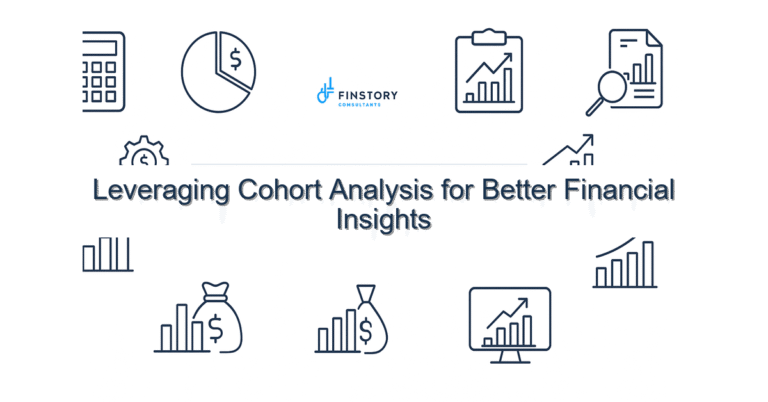How to Build Trust Between Finance and Operations
You’re juggling margins, staffing headaches, and patient care goals—and the last thing you need is a breakdown between finance and operations. It hurts decisions, slows care, and wears on both teams. You’re not alone; building trust between finance and operations is the single most effective way to move faster.
Summary: When finance and operations trust each other, leaders get faster decisions, more accurate forecasts, and measurable operational wins. This post gives a clear, practical framework to build that trust and start seeing results within months.
What’s the real problem? (Why trust between finance and operations breaks down)
At its core the problem isn’t personalities: it’s mismatched incentives, opaque data, and different rhythms. Finance needs predictability and clean numbers. Operations needs flexibility and speed. Without shared language, every budget review becomes a negotiation rather than a collaboration.
- Slow decisions because teams argue about the numbers instead of acting on them.
- Recurring budget fights and “scope creep” on projects.
- Low confidence in reports—clinicians ignore finance forecasts; finance ignores operational plans.
- Missed targets and wasted capacity because no one owns a single source of truth.
What leaders get wrong about trust between finance and operations
Leaders often try quick fixes: a new PDF report, a stricter approval policy, or a town-hall pep talk. Those help momentarily but don’t change daily habits.
Common pitfalls:
- Thinking trust is just a cultural project. Culture matters, but it follows systems and incentives.
- Hiding behind spreadsheets. More reports don’t equal clarity—shared, actionable data does.
- Centralizing decisions to “reduce conflict.” That slows response and increases resentment.
- Failing to define success metrics both teams care about (finance often tracks margin; operations tracks capacity or wait times).
A better approach
Trust between finance and operations is built, not declared. Here’s a 4-step framework you can start this week.
- Define shared metrics and outcomes. Pick 3 cross-functional KPIs (e.g., operating margin, patient throughput within target, and cash-to-collection days). Make them the north star for monthly reviews.
- Create transparent, role-tailored dashboards. One source of truth with different views: executive summary, controller view, and frontline ops snapshot. Use live data so conversations focus on decisions, not reconciling numbers.
- Embed finance people into operations workflows. A rotating finance business partner who attends weekly ops huddles solves misalignment before it becomes a budget fight.
- Shorten feedback loops. Move from quarterly debates to 30–60 day tactical cadences: checkpoint, pivot, measure.
Real-world example: At a 250-bed health system we worked with, adding a single embedded finance analyst and a shared Power BI dashboard cut the time spent reconciling monthly variances by 60% and reduced approval lag for staffing changes from 14 days to 3. That freed managers to focus on patient flow instead of spreadsheets.
Quick implementation checklist
- List the top 3 decisions your teams argue about most—start there.
- Agree on 3 shared KPIs this quarter (financial, operational, and patient-experience).
- Stand up a simple dashboard (Power BI, Tableau, or FP&A platform) with live data links.
- Assign an embedded finance partner to one operations team for 8–12 weeks.
- Run weekly 15-minute ops-finance huddles to surface issues early.
- Publish a one-page decision guide: who decides what threshold triggers escalation.
- Map data ownership: who owns each data field and how it’s calculated.
- Train two frontline managers in basic financial literacy—focus on practical use, not theory.
What success looks like
Measure these outcomes to know trust is improving:
- Variance accuracy: forecast vs. actual within 3% for core line items.
- Decision cycle time: reduce approval lag from weeks to days (target: 3 business days).
- Meeting time spent on decisioning vs. reconciling: flip from 30/70 to 70/30.
- Operational KPIs: increase bed-turnover or reduce OR turnover time by measurable %.
- ROI: ratio of financial benefit to implementation cost (expect payback within 6–12 months for modest interventions).
Risks & how to manage them
Risk 1: Data quality issues—bad data erodes trust fast. Mitigation: start with a small, high-value dataset, validate definitions, and display data lineage in the dashboard.
Risk 2: Turf wars—embedded roles can be seen as intrusive. Mitigation: set a 12-week pilot with clear objectives and success criteria; make the embedded role advisory, not directive.
Risk 3: Tool overload—too many dashboards cause confusion. Mitigation: consolidate to one primary leadership report and one frontline view; retire redundant reports.
Tools & data
Practical tools include finance automation for close and allocations, Power BI for leadership reporting, and an FP&A platform that supports driver-based planning. Integrate your EHR and scheduling systems to feed operational metrics, and automate reconciliations so staff spend time on interpretation not aggregation.
Good governance matters: establish data stewards, a glossary of definitions, and a refresh cadence. When tools and data are reliable, conversations become about trade-offs and patient impact, not “whose number is right.”
FAQs
Q: How long before we see real change?
A: You can see meaningful improvements in 8–12 weeks for decision cadence and disagreement time. Full cultural alignment typically takes 6–12 months with consistent practices.
Q: Do we need to hire more staff?
A: Not immediately. Start with a part-time embedded finance partner or reassign an analyst. The goal is better use of current resources plus targeted training.
Q: Which KPI should we start with?
A: Choose one financial and one operational KPI that both teams can influence—e.g., labor cost per case and average length of stay.
Q: Is this mainly about technology?
A: Technology helps but it’s not the whole answer. Trust forms when incentives, roles, and data align. Tools speed that process and keep it honest.
Next steps
If your goal is to build trust between finance and operations and move toward faster, clearer decisions, start with a pilot: pick one service line, define 3 KPIs, and stand up a dashboard. If you’d rather bring in a partner, we can help map the process and run the pilot with your team.
See our Financial Planning services or read how we turn reports into decisions in this From Data to Decisions case study. For analytics and dashboards, check Finstory Analytics.
Want to talk specifics? Contact Finstory and let’s outline a 90-day plan to build trust, reduce rework, and get your teams aligned.
Work with Finstory. If you want this done right—tailored to your operations—we’ll map the process, stand up the dashboards, and train your team. Let’s talk about your goals.
📞 Ready to take the next step?
Book a 20-min call with our experts and see how we can help your team move faster.
Prefer email or phone? Write to info@finstory.net
or call +91 44-45811170.
